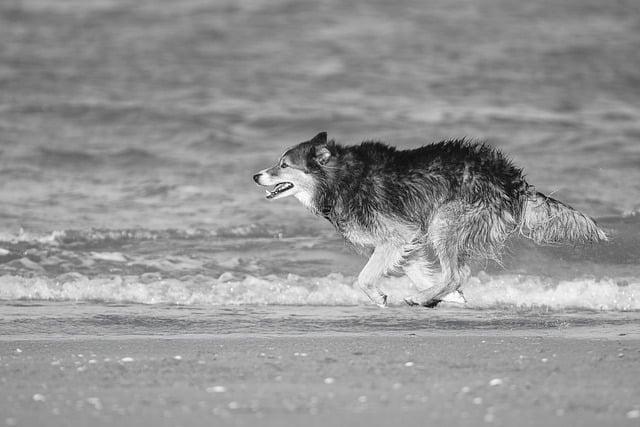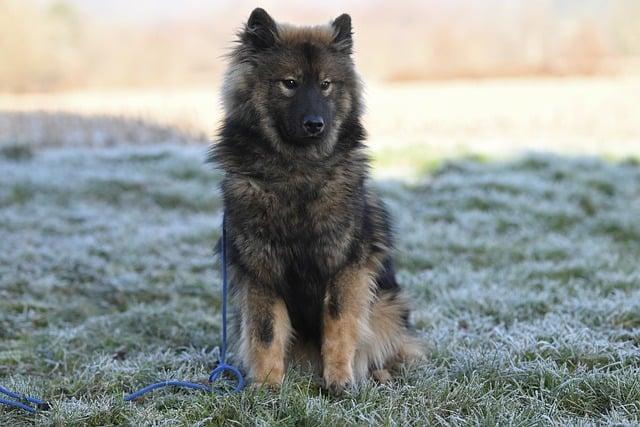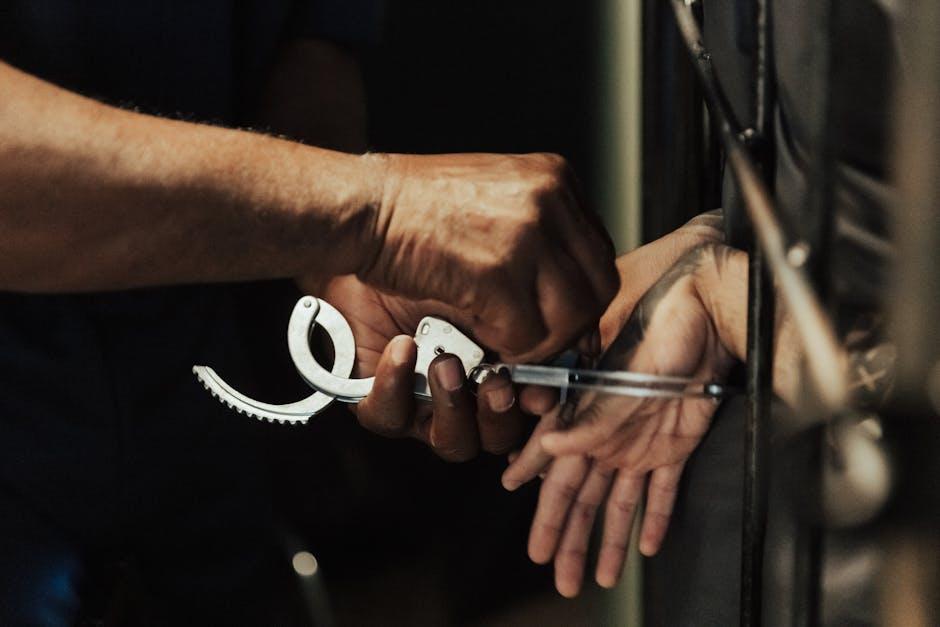Once, a spirited puppy named Max chewed everything in sight, from shoes to furniture. Frustrated, his owner sought help. They learned that consistency and positive reinforcement were key. Each time Max refrained from chewing, he received praise and a treat. Gradually, he replaced bad habits with good ones, transforming into a well-behaved companion. If you’re struggling with your dog’s behavior, remember: patience and positive training can turn chaos into harmony. Invest in your dog’s future today!
Contents
- Understanding the Root Causes of Bad Behavior in Dogs
- Effective Training Techniques to Modify Unwanted Actions
- The Importance of Consistency and Positive Reinforcement
- Creating a Structured Environment for Lasting Behavioral Change
- Q&A
Understanding the Root Causes of Bad Behavior in Dogs
To effectively address undesirable behaviors in dogs, it is crucial to first identify the underlying causes. Many pet owners may overlook the fact that bad behavior often stems from a variety of factors, including lack of socialization, insufficient exercise, and anxiety or fear. Understanding these root causes can empower owners to implement targeted training strategies that foster positive change.
One common reason for bad behavior is a lack of socialization during a dog’s formative months. Dogs that are not exposed to different environments, people, and other animals may develop fear-based reactions, leading to aggression or excessive barking. To combat this, owners should prioritize gradual exposure to new experiences in a controlled manner, ensuring that their dog feels safe and secure. This can include:
- Arranging playdates with other dogs
- Taking walks in busy areas
- Enrolling in puppy training classes
Another significant factor is insufficient physical and mental stimulation. Dogs are naturally energetic creatures, and without adequate exercise, they may resort to destructive behaviors such as chewing furniture or digging. To mitigate this, owners should establish a consistent routine that includes:
- Daily walks or runs
- Interactive play sessions
- Mental challenges like puzzle toys
Lastly, anxiety or fear can lead to a range of problematic behaviors, from excessive barking to aggression. Identifying triggers and addressing them through positive reinforcement training can make a substantial difference. Techniques such as desensitization and counter-conditioning can help dogs learn to associate previously feared stimuli with positive experiences. By fostering a calm and supportive environment, owners can significantly reduce anxiety-related behaviors, paving the way for a well-adjusted and happy canine companion.
Effective Training Techniques to Modify Unwanted Actions
When addressing unwanted behaviors in dogs, consistency is key. Establishing a clear set of rules and sticking to them helps your dog understand what is expected. For instance, if jumping on guests is not acceptable, ensure that everyone in the household enforces this rule. Inconsistency can confuse your dog and hinder progress. Remember, dogs thrive on routine, so maintaining a structured environment will facilitate learning.
Positive reinforcement is one of the most effective methods for modifying behavior. Reward your dog with treats, praise, or playtime when they exhibit the desired behavior. This approach not only encourages good actions but also strengthens the bond between you and your pet. Consider using a clicker to mark the exact moment your dog behaves correctly, making it easier for them to associate the action with the reward. Some effective rewards include:
- High-value treats that your dog loves
- Affection in the form of petting or verbal praise
- Playtime with their favorite toy
Redirecting your dog’s attention can also be a powerful tool in behavior modification. If your dog is engaging in an unwanted action, such as chewing on furniture, redirect them to an appropriate toy or activity. This not only prevents the bad behavior but also teaches your dog what is acceptable. Incorporating interactive toys or puzzle feeders can keep your dog mentally stimulated, reducing the likelihood of boredom-related mischief.
Lastly, patience and persistence are essential. Behavioral changes take time, and setbacks are a natural part of the training process. Celebrate small victories and remain calm during challenging moments. If you find yourself struggling, consider seeking the guidance of a professional dog trainer who can provide tailored strategies and support. With dedication and the right techniques, you can successfully guide your dog towards more desirable behaviors.
The Importance of Consistency and Positive Reinforcement
Establishing a routine is crucial when addressing your dog’s bad behavior. Dogs thrive on predictability, and a consistent approach helps them understand what is expected of them. By setting clear boundaries and maintaining the same commands and cues, you create a structured environment where your dog can learn effectively. This consistency not only aids in training but also fosters a sense of security for your pet, making them more receptive to learning.
Positive reinforcement is a powerful tool in shaping your dog’s behavior. Rather than focusing on punishment for undesirable actions, rewarding good behavior encourages your dog to repeat those actions. This can be achieved through various methods, such as:
- Verbal praise
- Treats
- Playtime
- Affection
By consistently rewarding your dog for good behavior, you reinforce the idea that positive actions lead to positive outcomes, creating a more harmonious relationship between you and your furry friend.
It’s important to remember that consistency and positive reinforcement go hand in hand. If you reward your dog for sitting calmly one day but scold them for the same behavior the next, it creates confusion. This inconsistency can lead to frustration for both you and your dog, hindering the training process. Therefore, ensure that everyone in your household is on the same page regarding commands and rewards, creating a unified front that supports your dog’s learning journey.
Lastly, patience is key. Training takes time, and there will be setbacks along the way. Celebrate small victories and remain committed to your approach. By consistently applying positive reinforcement, you not only correct bad behavior but also build a trusting bond with your dog. This trust will make your training efforts more effective and enjoyable, leading to a well-behaved companion who understands and respects your guidance.
Creating a Structured Environment for Lasting Behavioral Change
Establishing a structured environment is crucial for fostering positive behavioral changes in your dog. By creating a consistent routine, you help your pet understand what is expected of them, which significantly reduces confusion and anxiety. Dogs thrive on predictability, so consider implementing a daily schedule that includes set times for feeding, walks, play, and training sessions. This not only helps your dog feel secure but also reinforces good behavior through repetition.
In addition to a routine, it’s essential to designate specific areas in your home for different activities. For instance, create a cozy space for your dog to relax, a designated area for feeding, and a spot for training. By clearly defining these spaces, your dog will learn to associate each area with its purpose. This spatial organization can help minimize distractions and encourage focus during training sessions, making it easier for your dog to absorb new commands and behaviors.
Consistency in rules and commands is another vital component of a structured environment. Ensure that all family members are on the same page regarding what behaviors are acceptable and which are not. Use the same commands and cues for specific actions, and be sure to reward your dog for following them. This unified approach helps reinforce the desired behaviors and prevents your dog from becoming confused by mixed signals, which can lead to frustration and setbacks in training.
consider incorporating positive reinforcement techniques into your structured environment. Reward your dog with treats, praise, or playtime whenever they exhibit good behavior. This not only motivates your pet but also strengthens the bond between you. By consistently rewarding positive actions, you create a positive feedback loop that encourages your dog to repeat those behaviors, ultimately leading to lasting change. Remember, patience and persistence are key; behavioral change takes time, but a well-structured environment can make all the difference.
Q&A
-
What are the most common bad behaviors in dogs?
Common bad behaviors include:
- Barking excessively
- Jumping on people
- Chewing furniture or shoes
- Pulling on the leash during walks
Identifying these behaviors is the first step in effectively addressing them.
-
How can I effectively train my dog to stop bad behavior?
To train your dog out of bad behavior, consider the following methods:
- Positive reinforcement: Reward good behavior with treats or praise.
- Consistency: Use the same commands and rules every time.
- Redirecting: Distract your dog with a toy or activity when they exhibit bad behavior.
These techniques foster a positive learning environment and encourage your dog to behave appropriately.
-
How long does it take to train a dog out of bad behavior?
The duration of training varies based on:
- The severity of the behavior
- Your dog’s age and temperament
- The consistency of your training efforts
With dedication and patience, you can see improvements within weeks, but lasting change may take several months.
-
Should I seek professional help for my dog’s bad behavior?
If your dog’s bad behavior persists despite your efforts, seeking professional help can be beneficial. A certified dog trainer or behaviorist can:
- Provide tailored training plans
- Offer expert advice on specific issues
- Help you understand your dog’s behavior better
Investing in professional guidance can lead to more effective training and a happier relationship with your dog.
transforming your dog’s behavior is a journey that requires patience, consistency, and love. By implementing these strategies, you can foster a positive environment, ensuring a well-behaved companion that enhances your life. Start today!

大家好,我是彼得潘,專業的手法身體治療師。我喜歡探索和研究各種主題,並透過與人工智慧的合作分享專業、實用、有趣的文章。我們定期進行人工審核,以確保內容的準確性。如果您發現文章中有任何不準確的地方,請隨時與我們聯繫,我們會及時糾正。您可以透過 [email protected] 與我們聯繫。



